|
Halloween is tomorrow and that quintessentially American holiday is feeling a little less festive this year. Although I did have a very small party last weekend, and I certainly decked the halls with lights, decorations, and lovely Halloweenish dishware like tiny ceramic cauldron bowls, a big ceramic cauldron for punch, and a big white pumpkin soup tureen for sweet potato-tomato soup, the gloss of my favorite holiday had worn a little thin. A year and a half of pandemic without much of a break will do that to a girl! That being said, nothing makes you feel better than a perfect recipe, and this is one of the more perfect ones I've invented. Inspired by a cocktail I made for my wedding (the "Fallen Apple"), this sweet little cocktail is easy to keep as a mocktail, or for grownups to spike. Perfect Halloween CocktailThis recipe can be made individually or as a punch. For the party I made a big cauldron of punch and let people spike as they wanted (or not). It feels VERY vintage and turns a lovely reddish shade thanks to the cranberry juice. A nice accompaniment to the casual Halloween party menu I put together (see below). 1 part sweet apple cider 1 part cranberry juice cocktail 1 part ginger ale 1/4 part alcohol (I like Winter Jack best, but other party-goers used apple pie spiced moonshine, spiced rum, bourbon, and applejack) This basic recipe can be used to make punch (use a quart each of the non-alcoholic stuff and add 1 cup alcohol). If you're doing individual servings, it's about a third of a cup of each of the juices and ginger ale with 1 ounce of alcohol. The drink is very sweet, so if you want to tone down the sugar, try substituting hard apple cider for the sweet cider, unsweetened cranberry juice for the cocktail, and/or a punchier ginger beer for the ginger ale. Casual Halloween Party MenuSadly I did not get any photos of the food from last week's Halloween party! But I thought I would share the menu with you. I've found one of the nicest ways to have a Halloween party that doesn't break the bank or mean hours of work is to select your treats by color instead of fussy things that look like decapitated body parts or ghosties and ghoulies. This is a hallmark of early 20th century parties, too. White, orange, and dark purple/black are usually lovely classic colors. A little green isn't remiss, either. Here's my simple menu from last week's party: Veggies & dip orange peppers, baby carrots, kohlrabi, cucumber, broccoli with ranch dip Fresh fruit red and yellow pears, russet apples, fresh figs, black grapes Cheese & meat tray with crackers sharp white cheddar, blue & cream cheese spread, pimento cheese, smoked mozzarella, BLACK specialty cheese flavored with lemon, sliced pepperoni and salami, Wasa rye crackers, long multigrain crackers, Raincoast raisin and rosemary crisps Mixed nuts in the shell with nutcracker Dark Autumn Salad dark red leaf lettuce, dried cranberries, butter-toasted pecans, homemade balsamic vinaigrette, crumbled feta Cocktail sausages in barbecue sauce Vegan Smoky Sweet Potato Tomato Soup onion, sweet potatoes, tomato paste, tomatoes, smoked paprika, pureed New York Gingerbread with blackberry maple jam and whipped cream The other surprise hits of the evening were the salad (I heated frozen pecans in a little butter in a saucepan - so good!), the cocktail, and my friend Jess' amazing homemade blackberry maple jam with the gingerbread. Sadly we ate almost the whole jar, but I've got six other flavors from her to savor. The seven people who attended had a great time grazing all the yummy things for the SEVEN HOURS we hung out. Lol. Party started at 4 pm and the last guests left at 11 pm. It was nice having a smaller party because I made less food, we were actually able to use real dishes, and we had some great conversations. If you're more ambitious than I was this season, you can always check out my 2019 vintage party, or download last year's Halloween History Packet. 2020 Halloween History Packet
$5.00
This full-color, 16 page PDF packet discusses all things food history and Halloween, including a basic overview of Halloween history, how Halloween has been celebrated in the United States over the decades, vintage and modern recipes, party suggestions, and a bibliography with links to historic digitized Halloween content. Included inside:
This is a digital download. Once you purchase this item, you will receive an email with the digital file. We are getting a little festive on Sunday night, going "trick or treating" in costume to a friend's very well-decorated house. What are your Halloween plans? Whether you're celebrating solo or with family or friends, I hope you have a lovely Halloween! The Food Historian blog is supported by patrons on Patreon! Patrons help keep blog posts like this one free and available to the public. Join us for awesome members-only content like free digitized cookbooks from my personal collection, e-newsletter, and even snail mail from time to time. Don't like Patreon? Join with an annual membership below, or just leave a tip!
0 Comments
It's finally cold enough to bake in my neck of the woods. I made New York Gingerbread for a Halloween party this past weekend and it was delicious. You may be thinking of finally tackling the yeast bread you never made during the COVID shutdown. But like the early days of the pandemic when the shelves were empty of flour, during the First World War, wheat was in short supply. Poor wheat harvests in the fall of 1915 and 1916 meant that when the United States joined the war in April of 1917, there was not enough wheat to feed both the citizens of the United States and the military and their Allies. So the United States Food Administration embarked on a campaign to get Americans to voluntarily give up some of their favorite foods - including white bread made from wheat flour. By the 1910s white bread was ingrained (no pun intended) in the American diet and culture. It held onto its associations with wealth and refinement long after white flour became affordable and abundant. In addition, the conventional wisdom of nutrition science at the time elevated carbohydrates as a valuable source of energy. Which meant that both white bread and refined white sugar were considered healthful and important sources of the newly-discovered calories. Getting people to give up their favorite breakfast, side dish, and anytime (including midnight) snack was not going to be easy. This pair of propaganda posters produced by the USFA illustrate the same primary point - that if everyone gave up a little, the compound effect would be enormous. You'll note they don't focus on getting Americans to stop eating white bread - just to consume less. The implication of both posters is that be reducing consumption by as little as one slice a day would really add up. Other campaigns, including Wheatless Wednesday (partner to Meatless Monday), told Americans to replace the slice of bread customary with each meal with a baked potato, especially after the potato surplus in 1918. Alternative grains, especially corn, were also touted as substitutes for white bread. Restaurants were banned from bringing rolls or bread to the table before customers ordered their meal (sugar bowls were out, too). By 1918, one way the Food Administration tried to control the consumption of white bread without instituting mandatory rationing was to require Americans to purchase two pounds of alternative grains or flour for every one pound of wheat flour. However, although other campaigns emphasized corn as a valuable substitute, there's evidence that people may have just discarded the additional flours they were forced to purchase. Despite these challenges, the fact that the United States was able to feed their military, and the Allies, on the same 1916 wheat harvest suggests that Americans did reduce their wheat consumption in 1917. Today we know that refined white flour is a little too efficient a carbohydrate, and that the vitamins and minerals in whole grain flour, and the added fiber, are generally much better for human health. For wheatless recipes from the First World War, check out this article from North Carolina State University Libraries. The Food Historian blog is supported by patrons on Patreon! Patrons help keep blog posts like this one free and available to the public. Join us for awesome members-only content like free digitized cookbooks from my personal collection, e-newsletter, and even snail mail from time to time! Don't like Patreon? Join with an annual membership below, or just leave a tip! It's no secret that my husband and I love pancakes. Like a lot. I've adapted a single recipe endlessly - apple cinnamon oatmeal pancakes, black forest pancakes, whole grain pancakes, pear ginger pancakes, gingerbread pancakes, almond pancakes, blueberry pancakes - you name it. But I think pumpkin pancakes are one of our very favorites. This is definitely a recipe for your days off, in large part because making pancakes is time consuming, but also because this is a huge recipe and makes approximately 30 pancakes. But Sarah! you might be thinking, how can two people eat 30 pancakes in one sitting? Well, dear reader, we can't. However, these pancakes are absolutely delicious as leftovers, staying tender even days later. You can pop them in the toaster for a reheated morning treat, or eat them cold as a snack. You can make them into a sandwich with butter and fig jam, or cover them in whipped cream (my husband's favorite). Pumpkin pancakes are one of those things you'll never regret having too many of. And if you've got a big family or are having a crowd for brunch? They're perfect. And don't worry, I've got tips for hot to keep the pancakes piping hot while you cook. Whole Can Pumpkin Pancakes RecipeThis recipe is about triple the original Joy of Cooking recipe I've adapted endlessly over the years. So feel free to cut it in half. But then it won't use a whole can of pumpkin. You can also cut back on the butter too, if you like, or substitute some vegetable oil. 4 1/12 cups flour (you can sub up to 2/3rds whole grain flour) 1/2 cup sugar 4 teaspoons baking powder 3 teaspoons salt 1-2 teaspoons pumpkin spice and/or cinnamon 3 eggs 1 stick (1/2 cup) melted butter 1 can (16 oz.) pureed pumpkin 3 1/2 - 4+ cups milk Preheat your griddle over medium heat. If using cast iron, grease it lightly. I prefer to use an electric griddle which can handle 5-6 pancakes at a time. I set the control to 350 F and let it preheat. Whisk the flour, sugar, baking powder, salt, and spices together until well blended in a VERY large bowl. In a separate bowl, whisk the pumpkin, eggs, and butter to combine, then add to the dry ingredients. Add 3 cups milk and whisk, incorporating the flour slowly, add more milk as necessary to make a smooth, lump-free batter. Using the measuring cup you used to add the milk, pour the batter in about 1/3 cup amounts onto the griddle. When bubbles form near the center of the pancake, flip and let brown on the other side. Now for the savvy tip taught to me by my mother. Use a dish towel to keep your pancakes hot! Using a flat-weave dish towel, place one end on the plate you're using to pile the pancakes, and leave the long tail to cover them. Add the pancakes in an overlapping circle and keep covered by the towel in between. The towel combined with the pile of the pancakes themselves will keep everything piping hot until it's ready to go to the table. Serve with butter, real maple syrup, and whipped cream for a decadent brunch. Let the leftovers cool to room temp and store in a closed container to keep them from drying out. They will keep at room temp for a few days, so if you don't plan to eat them right away, refrigerate or freeze for future use. A third cup of batter will make a pancake small enough to fit inside a conventional toaster, should you want to reheat them. I hope you enjoy these pancakes as much as we do. I'm off to eat one as a snack before heading out to do some grocery shopping. Happy eating! The Food Historian blog is supported by patrons on Patreon! Patrons help keep blog posts like this one free and available to the public. Join us for awesome members-only content like free digitized cookbooks from my personal collection, e-newsletter, and even snail mail from time to time! Don't like Patreon? Join with an annual membership below, or just leave a tip! Last Monday I gave a talk on the history of vegetarian food, and the subject of my vegan dinner came up! So I thought I would take the opportunity to share the recipe with you, since so many have asked for it. This is one of my favorite recipes for an easy, delicious supper - perfect for cold weather - and is often in rotation during the fall and winter months. I call it French Lentil Bowl because I used French green Puy lentils, and Dijon mustard vinaigrette, but also because lentils vinaigrette is an old-school French dish. I use lentils vinaigrette in a variety of salads and other dishes (notably one delicious, but very rich, recipe for creamed Dijon lentils with ham I found in the French Vegetable Cookbook by Patricia Bourne), so it's safe to say I'm a lentil fan (don't believe me? Try the lentilwurst). They're quicker and easier to cook from dried than beans and the green Puy lentils (black Beluga lentils also work well) have a hearty texture and peppery flavor that I just love. If you've only ever had lentils in the murky brown soup, give this recipe a try. Vegan French Lentil Bowl RecipeThis recipe makes a lot, but also makes wonderful leftovers and reheats nicely. If the carrots and onions seem excessive, let me note that they are so delicious you will almost always regret not making more. 2 cups green/French lentils 3 cups water 2 bay leaves 1-2 cloves garlic (optional) 2 pounds carrots (baby carrots are fine) 3-4 red potatoes 3-4 yellow storage onions extra virgin olive oil sea salt dried thyme ground turmeric ground black pepper white wine vinegar Dijon mustard Preheat the oven to 450 F. Add the lentils, water, bay leaf, and garlic to a 2 quart pot, cover, and cook over medium-high heat. Once boiling, reduce to medium-low heat and continue cooking until the lentils are tender and all the water is absorbed (approximately 20 minutes). While the lentils are cooking, wash and cut the carrots. If using full-size carrots, wash, peel, and cut into thick julienne. Pieces should be no larger than your pinky finger. If using baby carrots (I like the rainbow heirloom ones for color), wash and cut fat ones in quarters, medium ones in half, and leave the skinny ones. Toss in olive oil and arrange in a thin layer on a half sheet pan. Sprinkle with thyme and sea salt. Then scrub and cut red potatoes into chunks about 1-2 inches square. I usually cut the potato in half lengthwise, then in half lengthwise again, then cross-cut into chunks. Toss with olive oil and arrange on a half sheet pan - it should take up about 2/3 of the space. Sprinkle with sea salt and add a few cloves of garlic to scent them, if you like. Then cut the root part off the onions, cut in half, remove the papery skin, and cut into finger-width slices. Toss with olive oil, a generous sprinkling of turmeric (1/2-1 tablespoon), sprinkling of black pepper, and arrange the onions on the remaining 1/3 of the baking sheet (you can do the tossing and stirring right on the baking sheet). Pop both sheets into the oven for about 20 minutes. Meanwhile the lentils are probably done. In a largish bowl, add at least 3 tablespoons of olive oil, at least 3 tablespoons of white wine vinegar, and 1-2 tablespoons of Dijon mustard. Whisk with a fork until well-blended, then add your hot lentils (fish out the bay leaves and garlic and discard) and stir well to combine. Let rest until the vegetables are done - they'll keep their heat. When the potatoes are tender, the onions melting, and the carrots browned and tender, pile about a half cup of each of the vegetables into a shallow bowl and serve hot. If you like, you can add a dollop of cold cottage cheese or some crumbles of goat cheese or feta on top, or garnish with toasted walnuts, but it's really delicious as-is. It's also a great and inexpensive way to feed a crowd. To turn it into dinner party fare, I recommend starting with a salad of baby greens with sliced Bosc pears and a sprinkling of walnut oil and pear vinegar, and serving the lentil bowls with either whole grain toast or garlic bread. Finish with a very French cheese course or simple baked apples, fruit crisp, or custard dessert (like clafoutis). This recipe is, of course, quite accidentally vegan. I did not develop it with the intent that it would be vegan, it just happens to be completely delicious without meat, eggs, or dairy. And since French food was all the rage during the First World War, I thought it a very apt addition to the Meatless Monday list. I hope you enjoy it as much as I do! If you make this recipe, share your thoughts in the comments, or tell me your favorite lentil dish! The Food Historian blog is supported by patrons on Patreon! Patrons help keep blog posts like this one free and available to the public. Join us for awesome members-only content like free digitized cookbooks from my personal collection, e-newsletter, and even snail mail from time to time! Don't like Patreon? Join with an annual membership below, or just leave a tip! |
AuthorSarah Wassberg Johnson has an MA in Public History from the University at Albany and studies early 20th century food history. Archives
July 2024
Categories
All
|
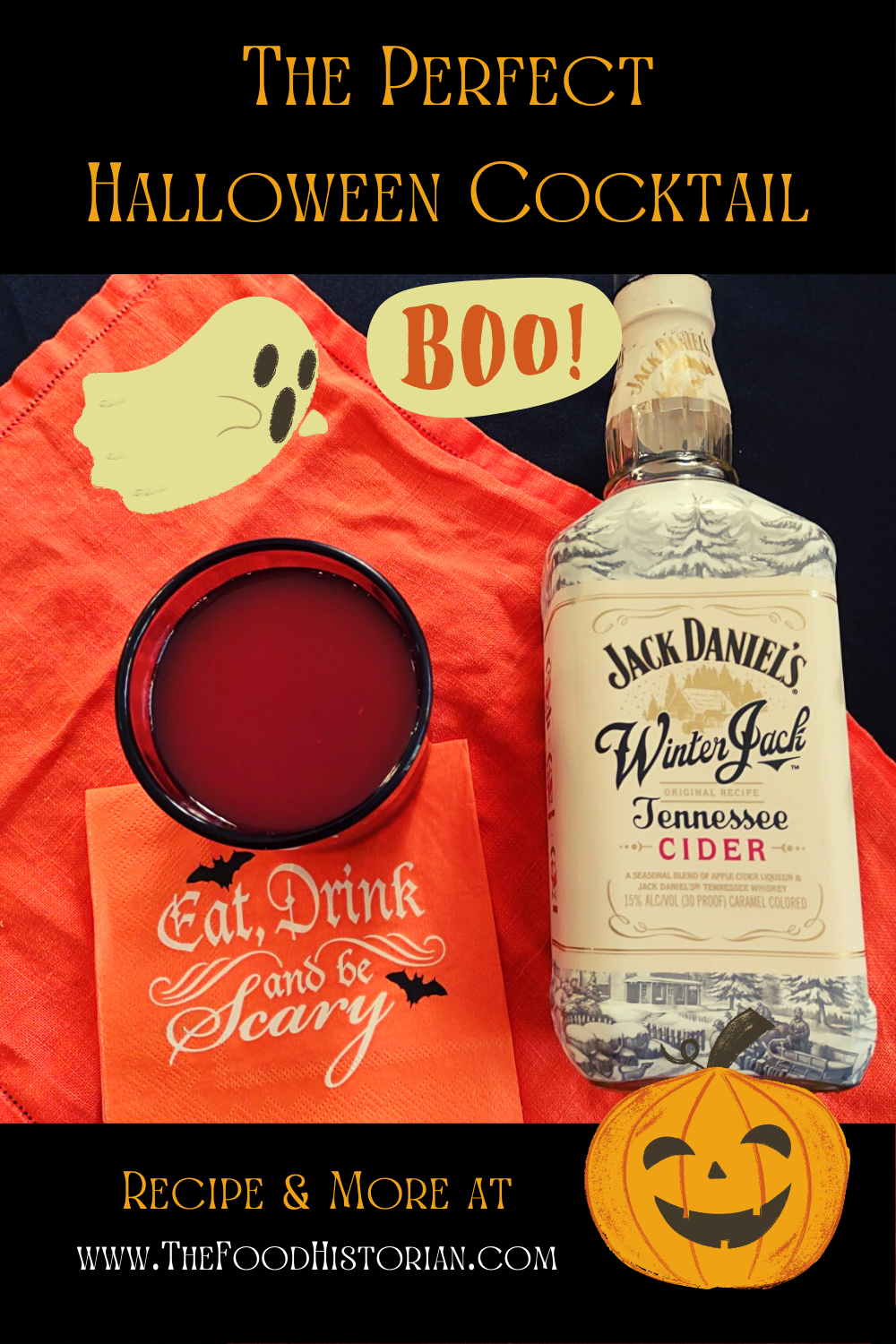
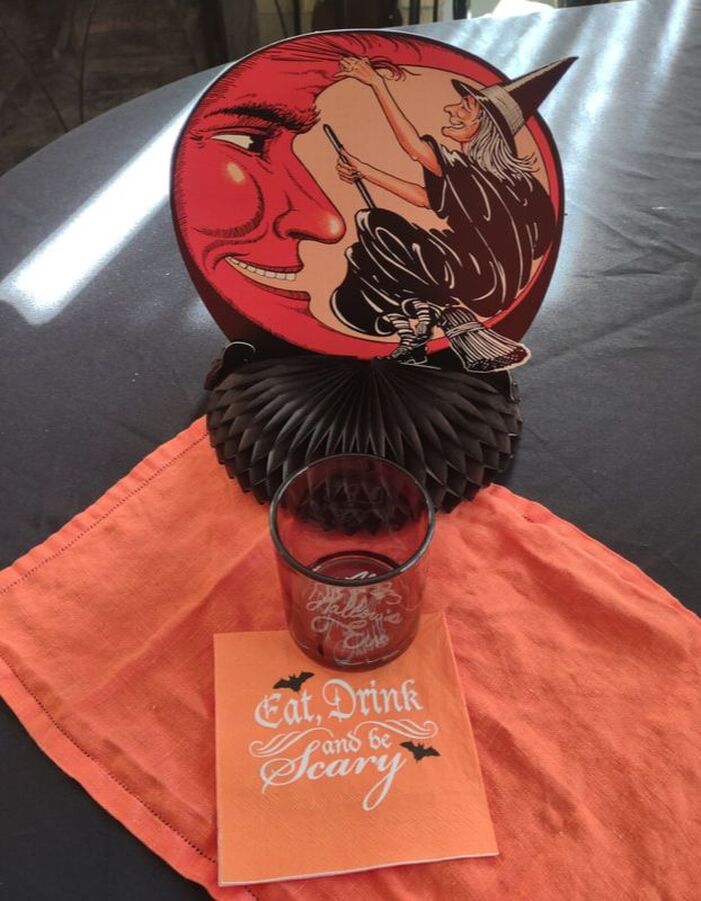

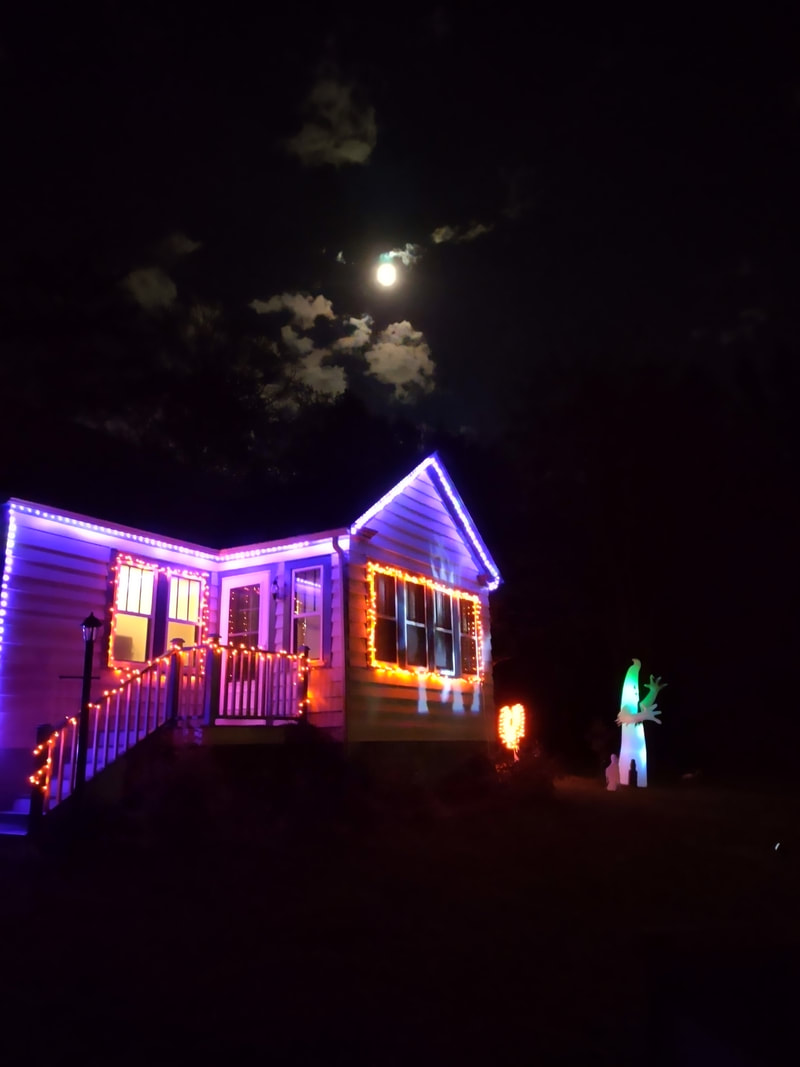

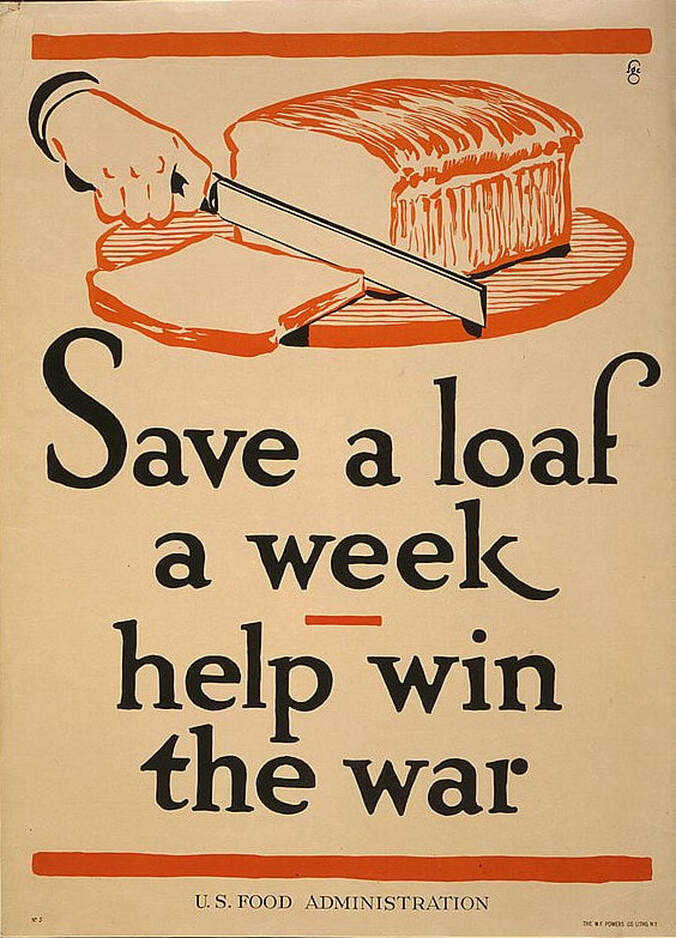
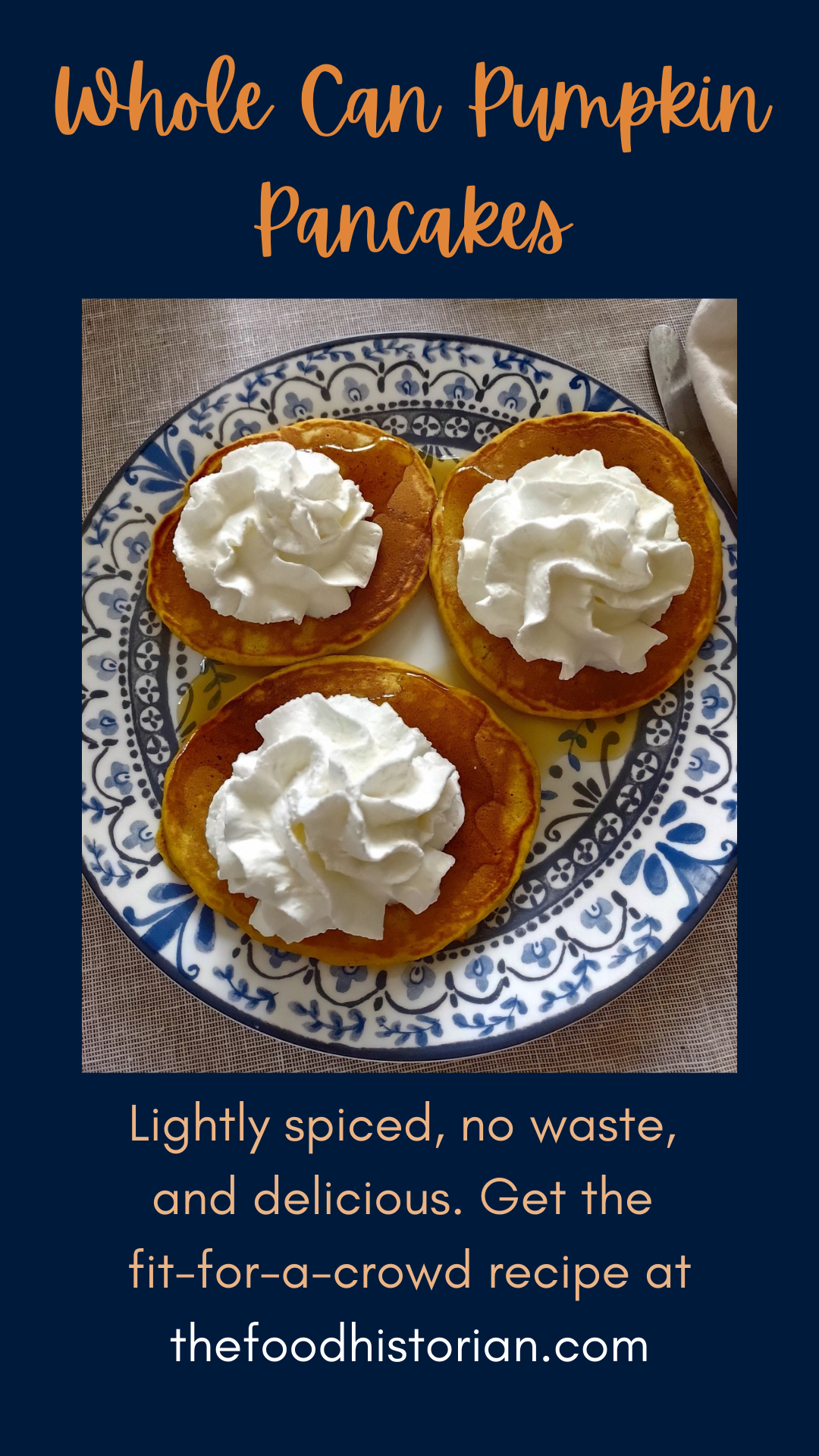

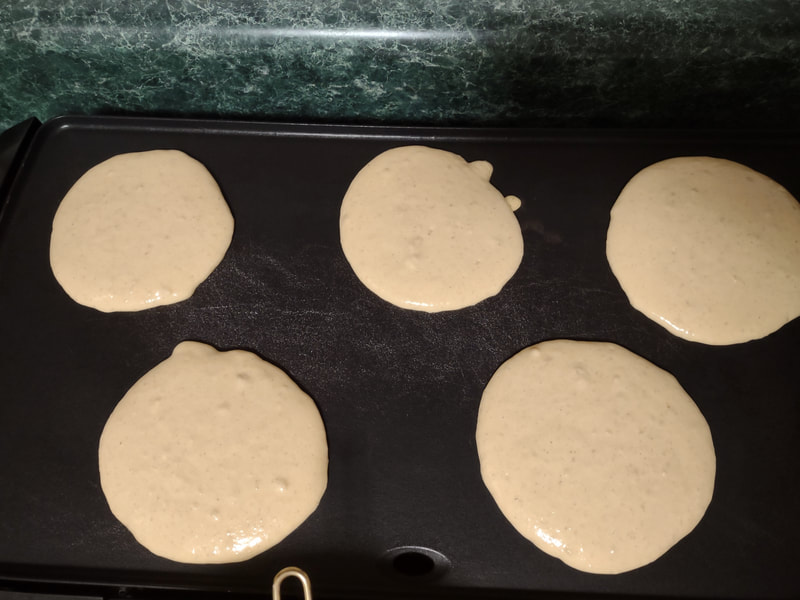
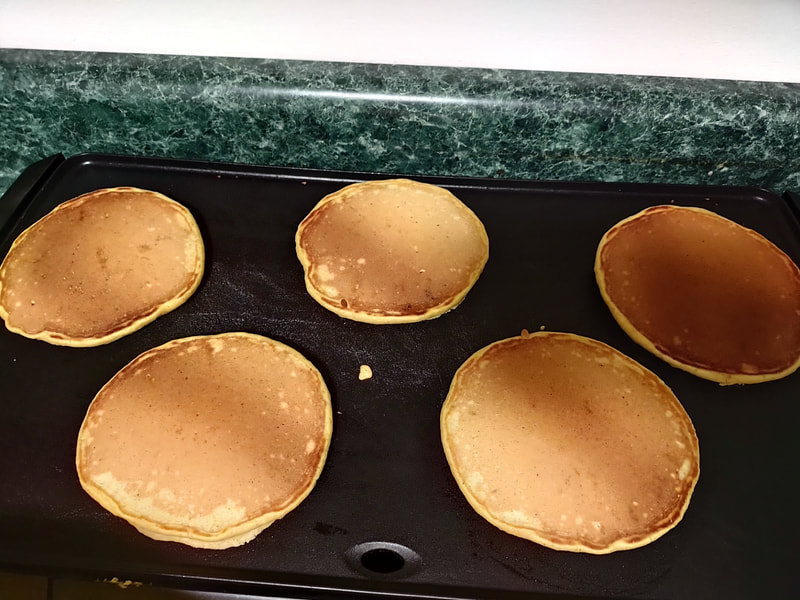

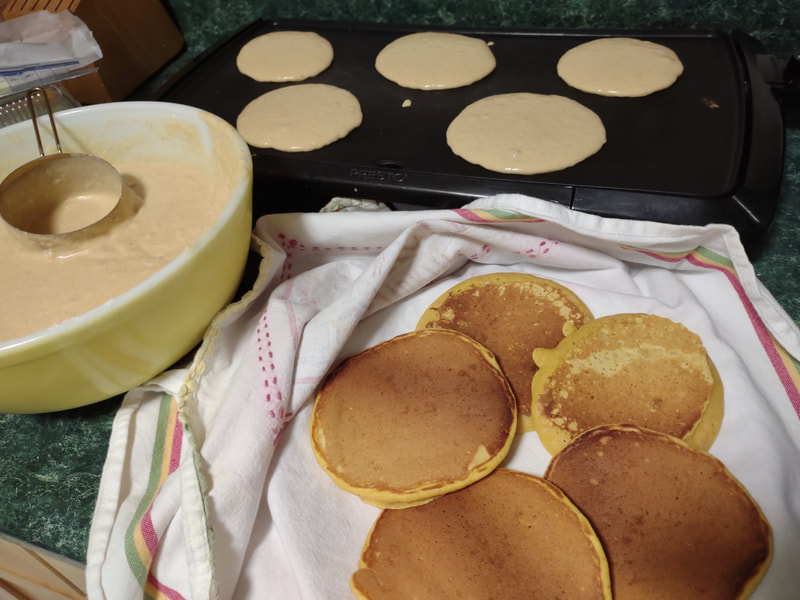
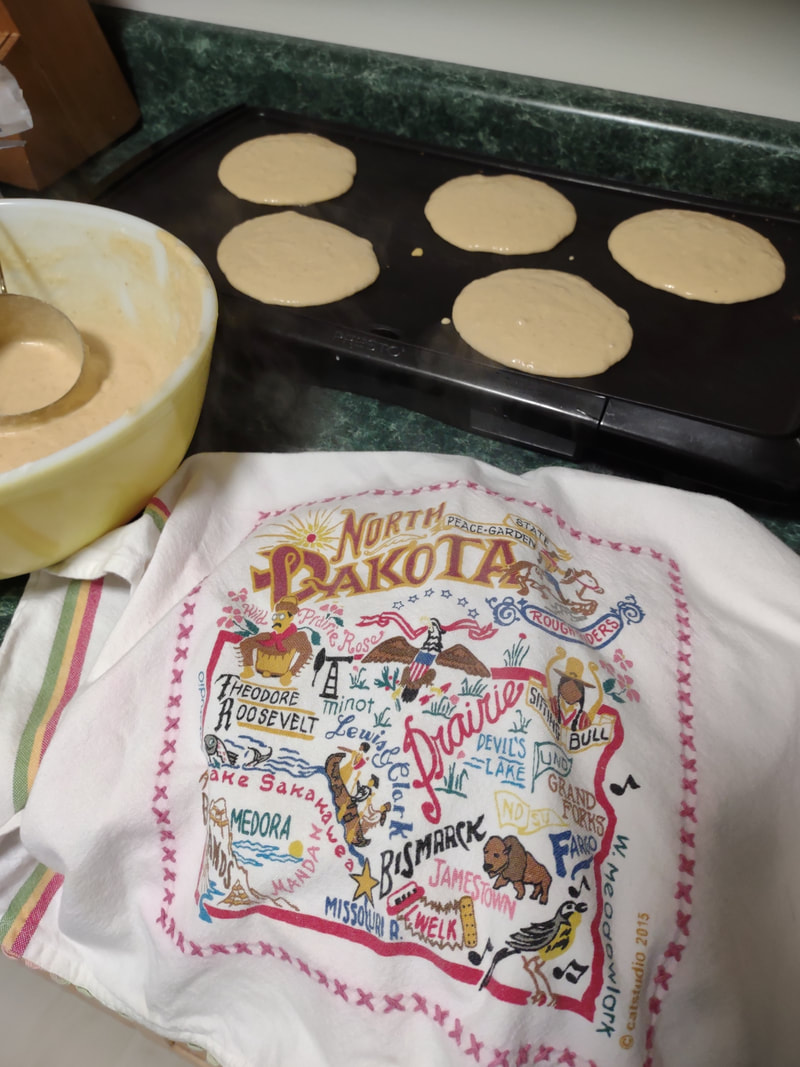
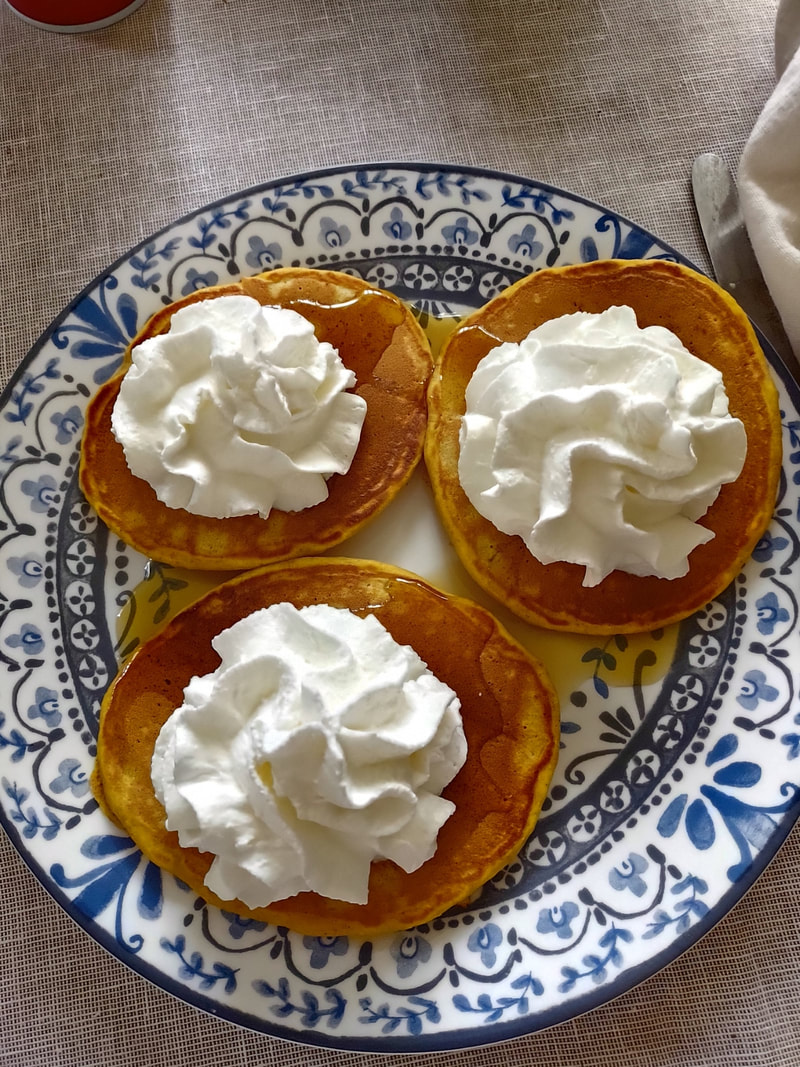

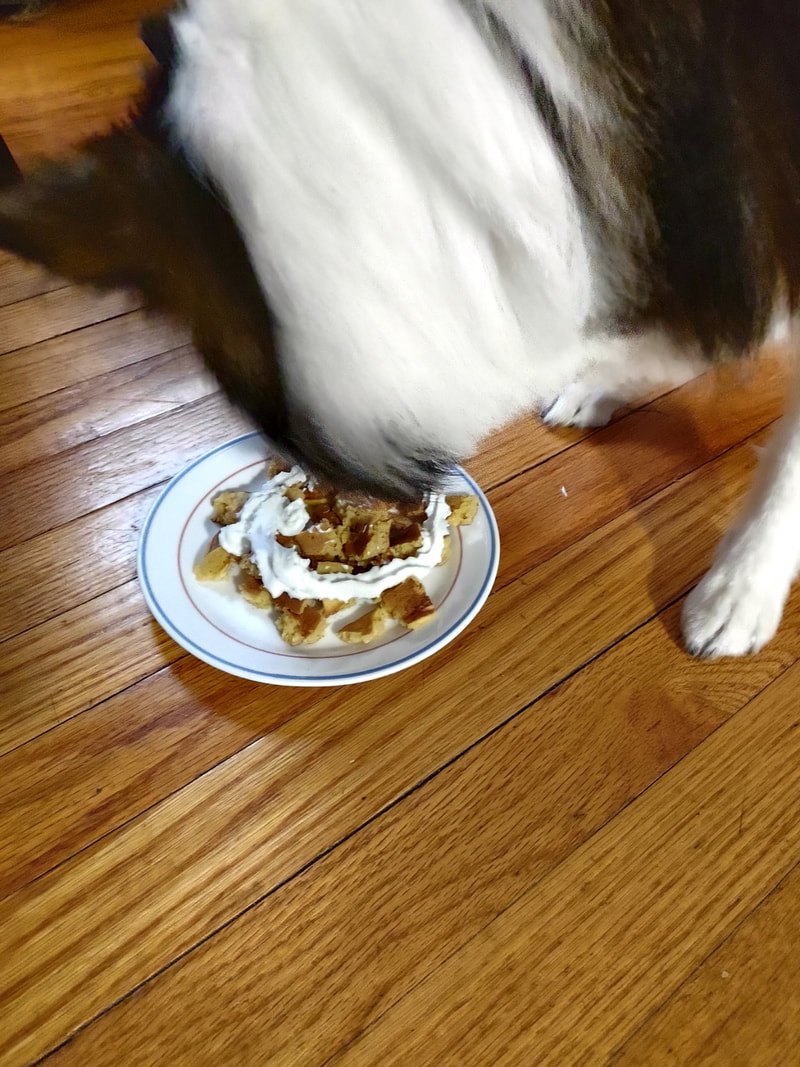
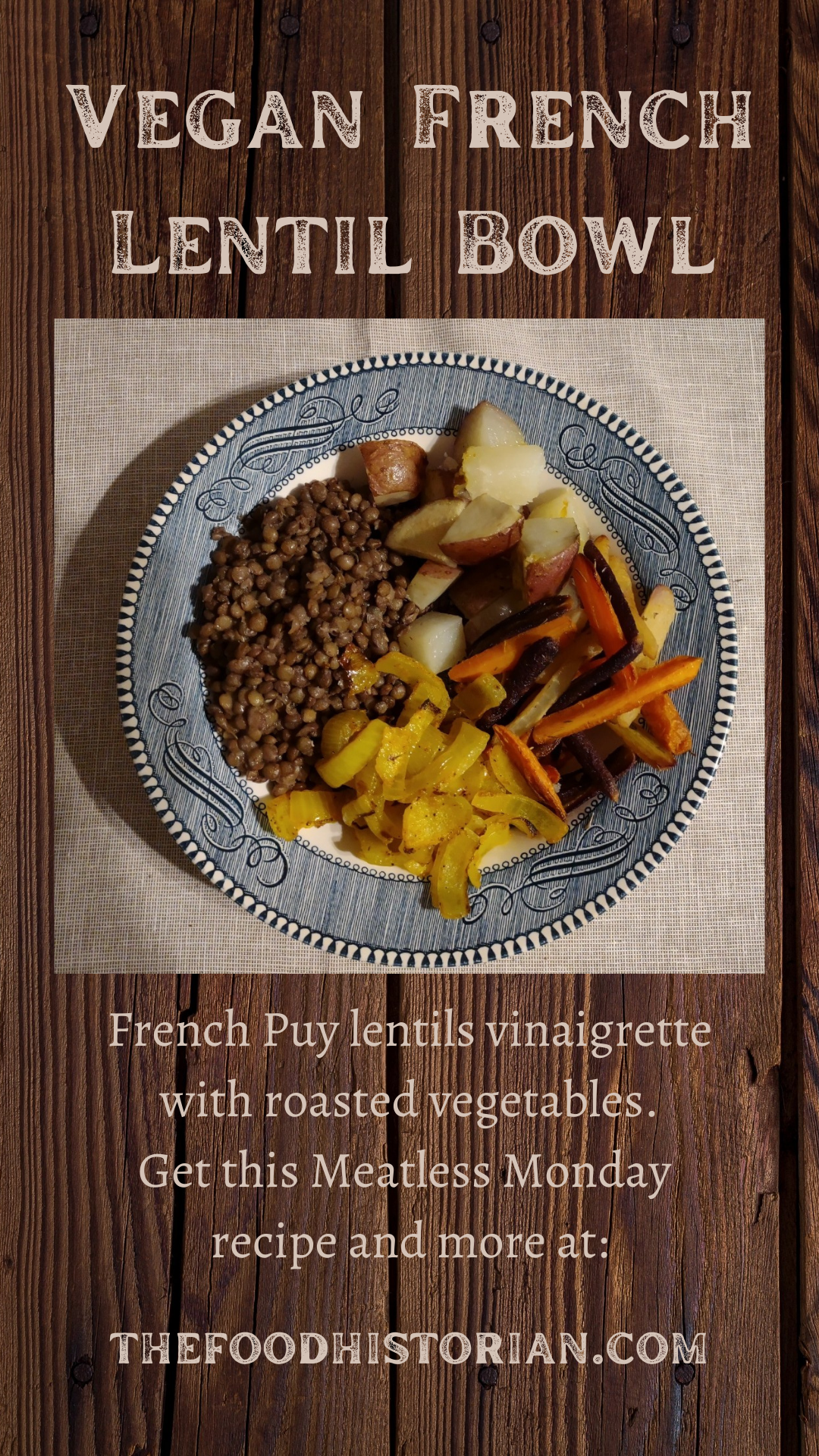
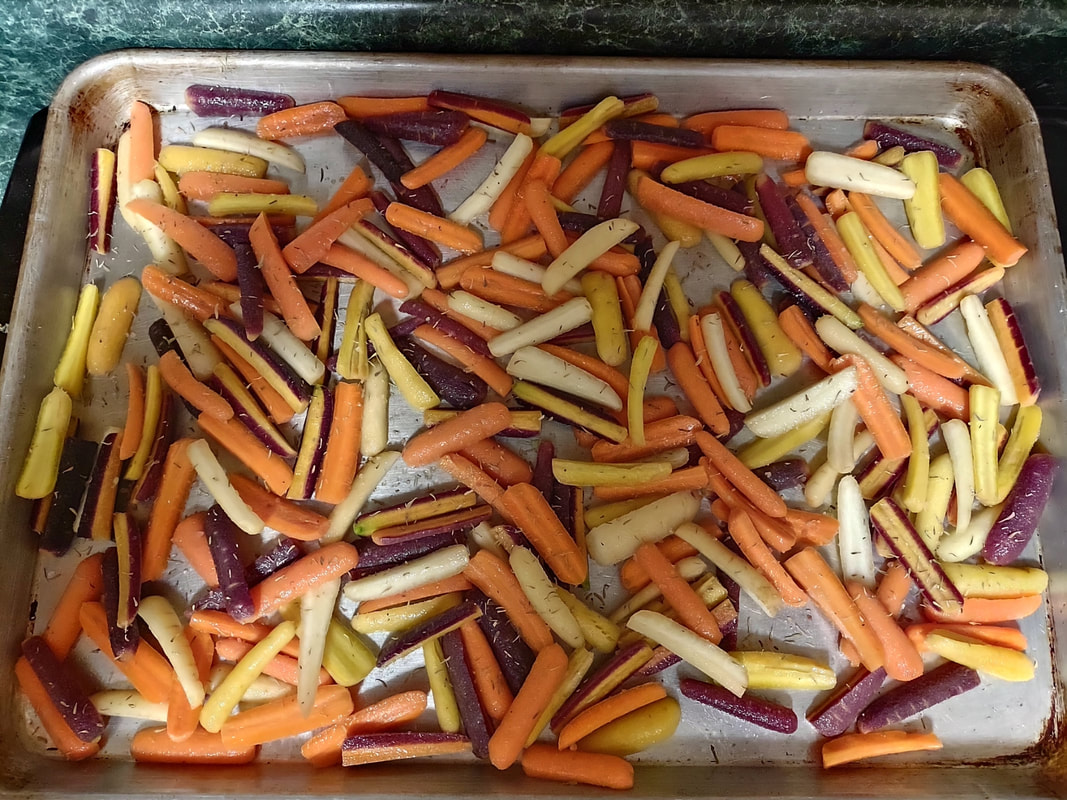
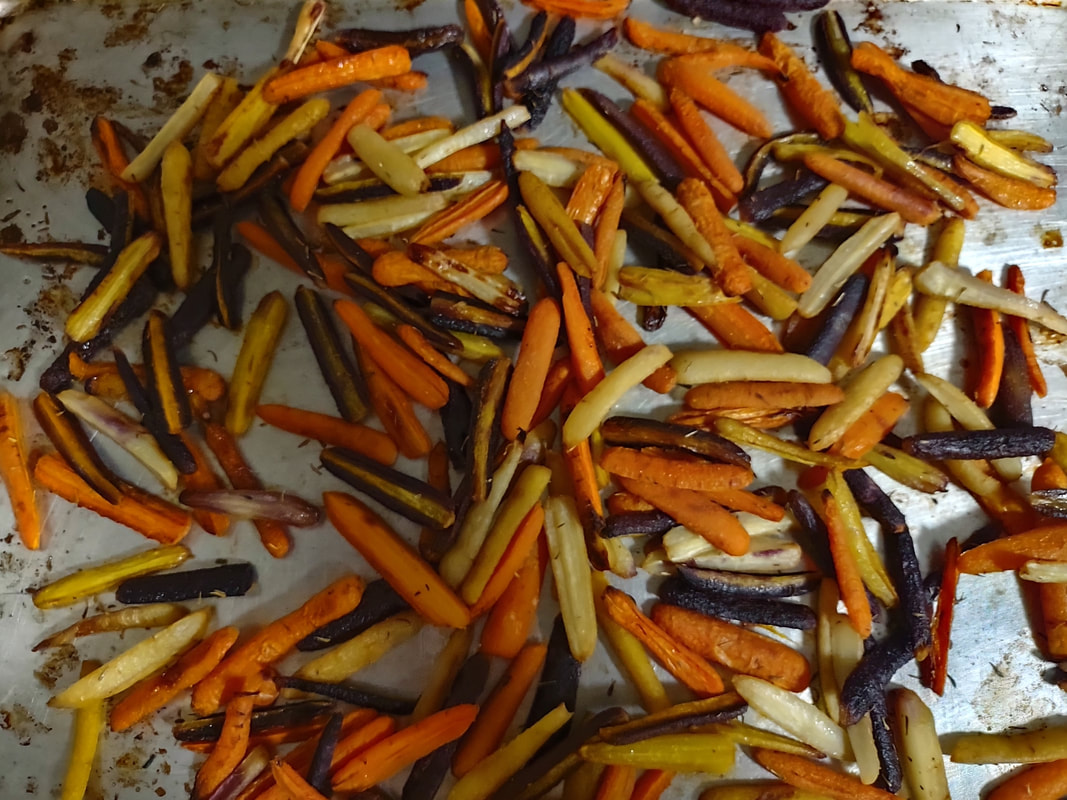
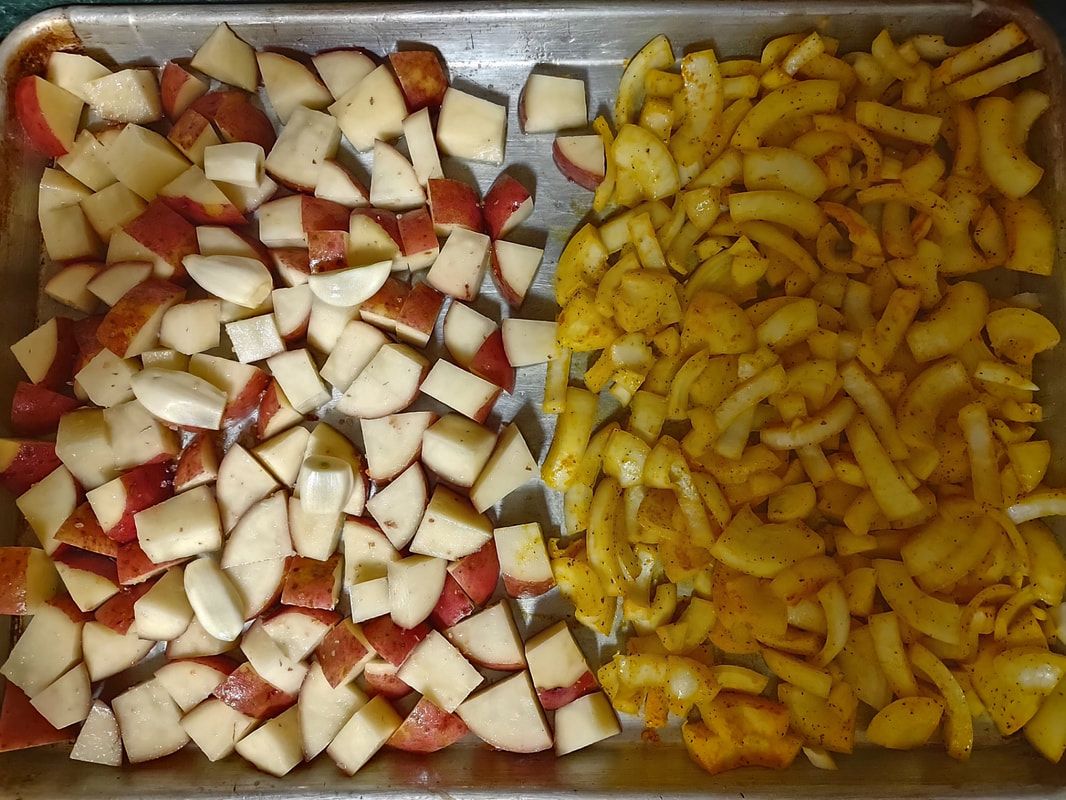

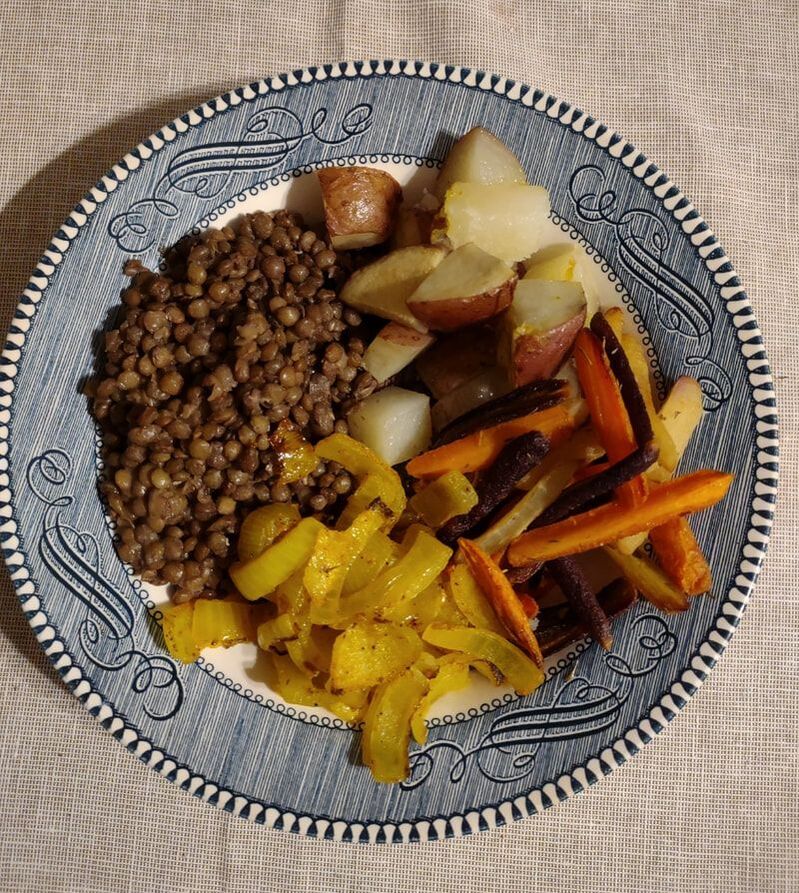

 RSS Feed
RSS Feed